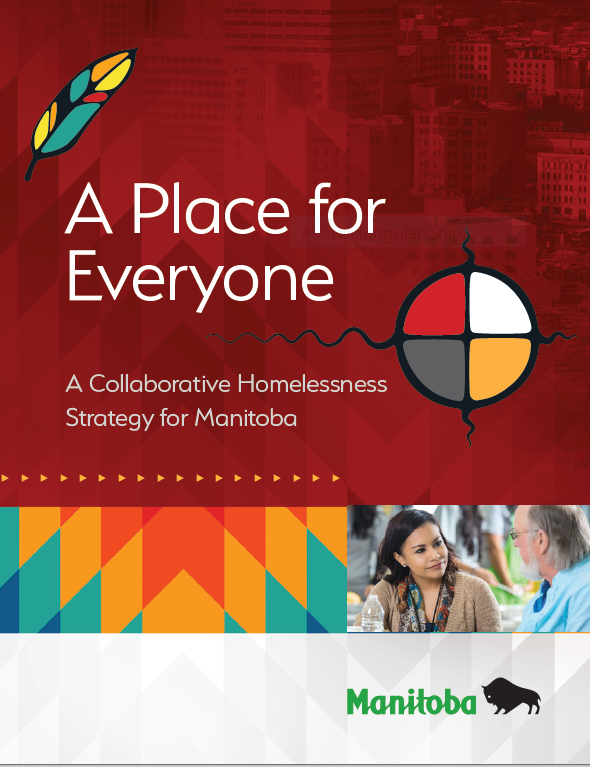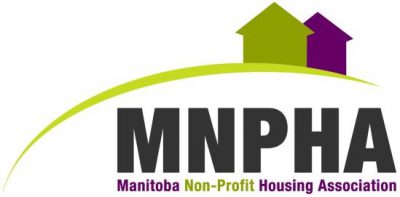
Ten Things to Know about Manitoba’s Homelessness Strategy
Manitoba has released its homelessness strategy, announced in the 2022 throne speech and developed over the year through consultation internal and external to government.
The homelessness strategy includes initaitives that will impact a variety of sectors and stakeholders. This analysis focuses on the intiatives related to the Community Housing sector. A number of initiatives respond to MNPHA’s longstanding policy objectives: new supply of community housing, capital funding for community housing, and supports within community housing.
- New social housing units will be created. This will begin with 700 in 2023/24, a welcome contribution after many years with limited new supply.
- The planning and development of these units will be led by Manitoba Housing. This is also a welcome shift, as the non-profit and cooperative housing sector has had to piece together funding from various levels of government and charitable donations to develop housing since the release of the National Housing Strategy, without a clear and ongoing source of funds at the provincial level.
- These 700 new units will be created through a combination of construction, acquisition, and rent supplement agreements, with 400 of them being rent supplement. While substantially more than 300 new units are needed to meet demand, there are benefits to the immediacy of rent supplements and it means that some non-profits that have units available at market rents could potentially access the supplement to be able to offer rent-geared-to-income units to individuals experiencing homelessness.
- The government is increasing the maintenance budget for social housing to deal with vacancies that occur due to units requiring repair. The extent of this increase is unknown until the budget comes out, March 7.
- Support for tenants, through a variety of methods and a continuum of need, is included. These support services include staffing in new supported housing facilities, and three levels of service for tenants: low levels of need for those who only require minor housing assistance; medium intensity to facilitate access to provincial health and social services; and high intensity for clinical supports and assistance with daily living.
- Capital funding and operational funding for transitional housing projects are included in the strategy, expanding the diversity and availability of transitional housing for those who need it. Only projects in Winnipeg are identified at this time.
- An EIA-equivalent assistance fund is being developed for those who are waiting for intake and assistance to EIA. This will support rapid access to housing for those who do not yet have income supports.
- The Rent Relief Fund, which MNPHA has developed over the past two years, will continue and will be evaluated for one more year. As of December 31, 2022, the Fund has supported over 875 households to prevent eviction, including many in community housing who would likely experinece homelessness if they were evicted from the rent-geared-to-income home.
- Manitoba Housing is doubling the Bed Bug Grant program, which funds community agencies to support clients in dealing with pests.
- The Housing Supports Initiative is being extended, with funding from 2023-25. This funding has supported 19 different projects across Manitoba to support tenants in accessing case management, housing supports, eviction prevention, and to build the capacity of the non-profit sector to provide housing to those experiencing and at risk of homelessness.

Recent Comments